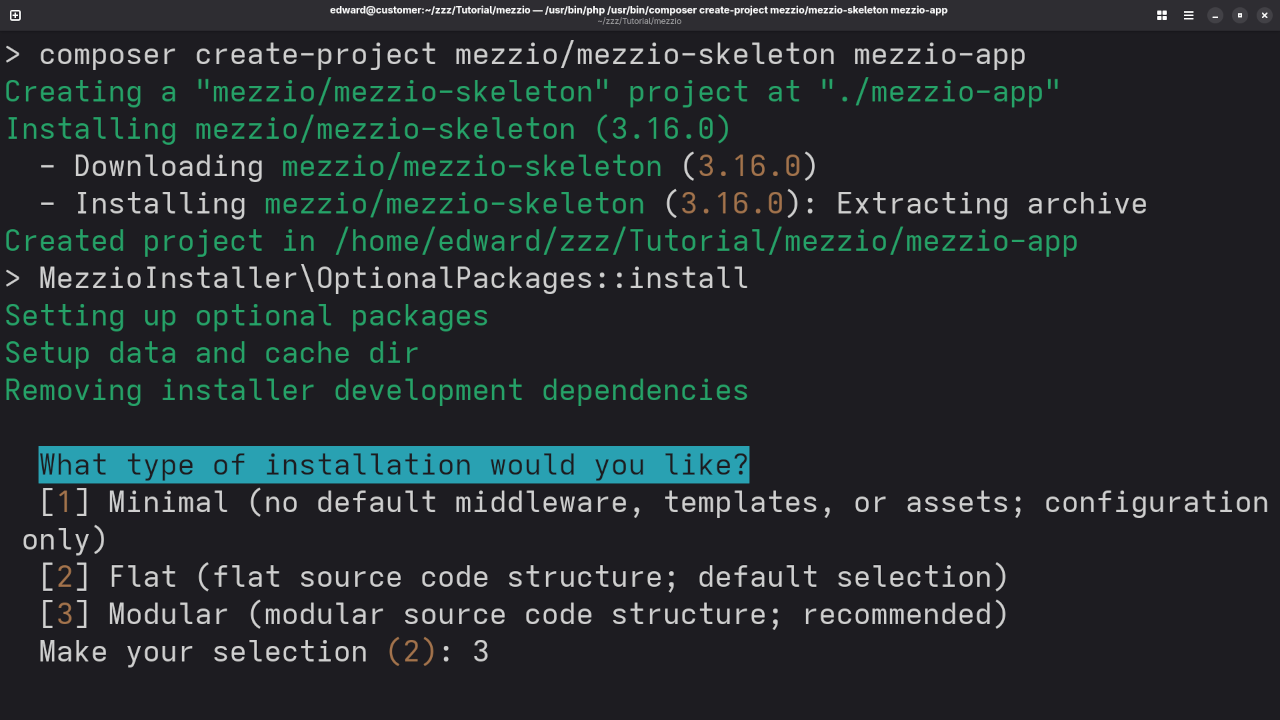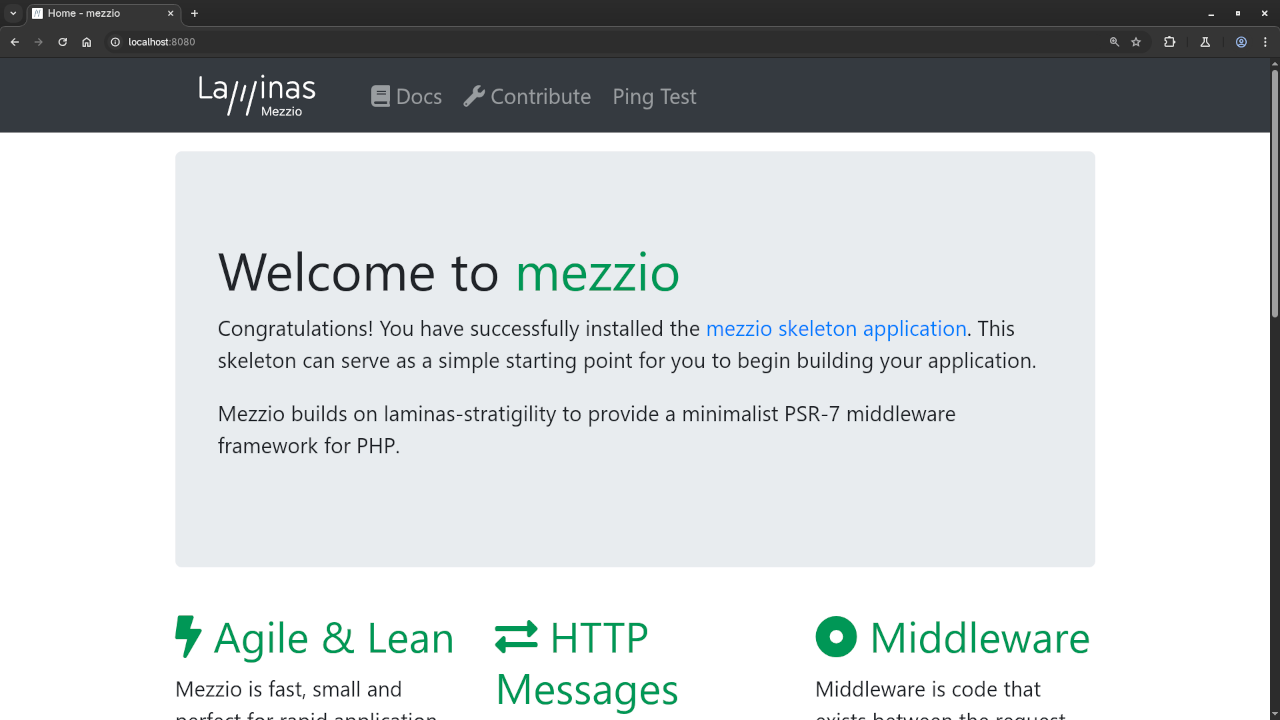Getting Started with Mezzio: A Modern Middleware Framework for PHP
Mezzio is an open-source microframework developed by the Laminas Project. It provides a middleware-based architecture that is perfect for building scalable and maintainable web applications in PHP. If you’re looking for a modern alternative to traditional MVC frameworks, Mezzio offers flexibility, performance, and the backing of a strong PHP community.
What is Mezzio?
Mezzio is built around the concept of middleware, giving developers the ability to compose applications from reusable components. It’s PSR-7 and PSR-15 compliant, which means it works seamlessly with modern PHP standards for HTTP message interfaces and middleware.
- Middleware architecture for clean and modular code
- Support for multiple routing, templating, and dependency injection containers
- PSR-compliant, interoperable with a wide range of PHP libraries
- Ideal for REST APIs and microservices
Installing Mezzio
To get started, you’ll need PHP 8.1 or higher, Composer, and a web server such as Apache or Nginx.
composer create-project mezzio/mezzio-skeleton my-app cd my-app composer serve
The installer will prompt you to select your preferred container, router, and template engine. Once complete, your application will be accessible at http://localhost:8080.
Building a Simple Database Application with Mezzio and PDO
In this section, we’ll build a basic Mezzio middleware that connects to an existing MySQL database using PDO and returns data from a table in JSON format.
Step 1: Configure the Database Connection
return [
'db' => [
'dsn' => 'mysql:host=localhost;dbname=my_database;charset=utf8mb4',
'username' => 'my_user',
'password' => 'my_password',
],
];
Step 2: Create a PDO Service Factory
namespace App\Factory;
use Psr\Container\ContainerInterface;
use PDO;
class PdoFactory
{
public function __invoke(ContainerInterface $container): PDO
{
$config = $container->get('config')['db'];
return new PDO(
$config['dsn'],
$config['username'],
$config['password'],
[
PDO::ATTR_ERRMODE => PDO::ERRMODE_EXCEPTION,
PDO::ATTR_DEFAULT_FETCH_MODE => PDO::FETCH_ASSOC,
]
);
}
}
Step 3: Register the PDO Service
return [
'dependencies' => [
'factories' => [
PDO::class => \App\Factory\PdoFactory::class,
],
],
];
Step 4: Create Middleware to Fetch Data
namespace App\Handler;
use PDO;
use Psr\Http\Server\RequestHandlerInterface;
use Psr\Http\Message\ServerRequestInterface;
use Psr\Http\Message\ResponseInterface;
use Laminas\Diactoros\Response\JsonResponse;
class UserListHandler implements RequestHandlerInterface
{
private PDO $pdo;
public function __construct(PDO $pdo)
{
$this->pdo = $pdo;
}
public function handle(ServerRequestInterface $request): ResponseInterface
{
$stmt = $this->pdo->query('SELECT id, name, email FROM users');
$users = $stmt->fetchAll();
return new JsonResponse($users);
}
}
Step 5: Register the Route
use App\Handler\UserListHandler;
$app->get('/users', UserListHandler::class, 'users.list');
Visit /users to see the user list output as JSON.
Screenshots



Watch the Live Screencast
Go Deeper with the Learning PHP Course
Want to master PHP from the ground up? Enroll in my course “Learning PHP”, designed for beginners and intermediate developers. It covers everything from syntax to building full applications, including Mezzio projects like the one above.
The book version of Learning PHP is also available and includes code walkthroughs, diagrams, and exercises to reinforce your understanding.
Enroll in the course or buy the book.
Book a One-on-One PHP or Mezzio Tutorial
If you’d prefer a more personalized approach, I offer one-on-one coaching sessions. Whether you’re just getting started or working on a Mezzio project, I can help you gain clarity and confidence.
Contact me to schedule your session.
Conclusion
Mezzio provides a modern and efficient framework for PHP developers who want more control and flexibility in building web applications. From middleware composition to dependency injection and database integration with PDO, it’s a framework that grows with your needs.
Explore the screencast, try the code examples, and check out the Learning PHP course to deepen your skills.
Disclosure: Some of the links above are referral (affiliate) links. I may earn a commission if you purchase through them - at no extra cost to you.
